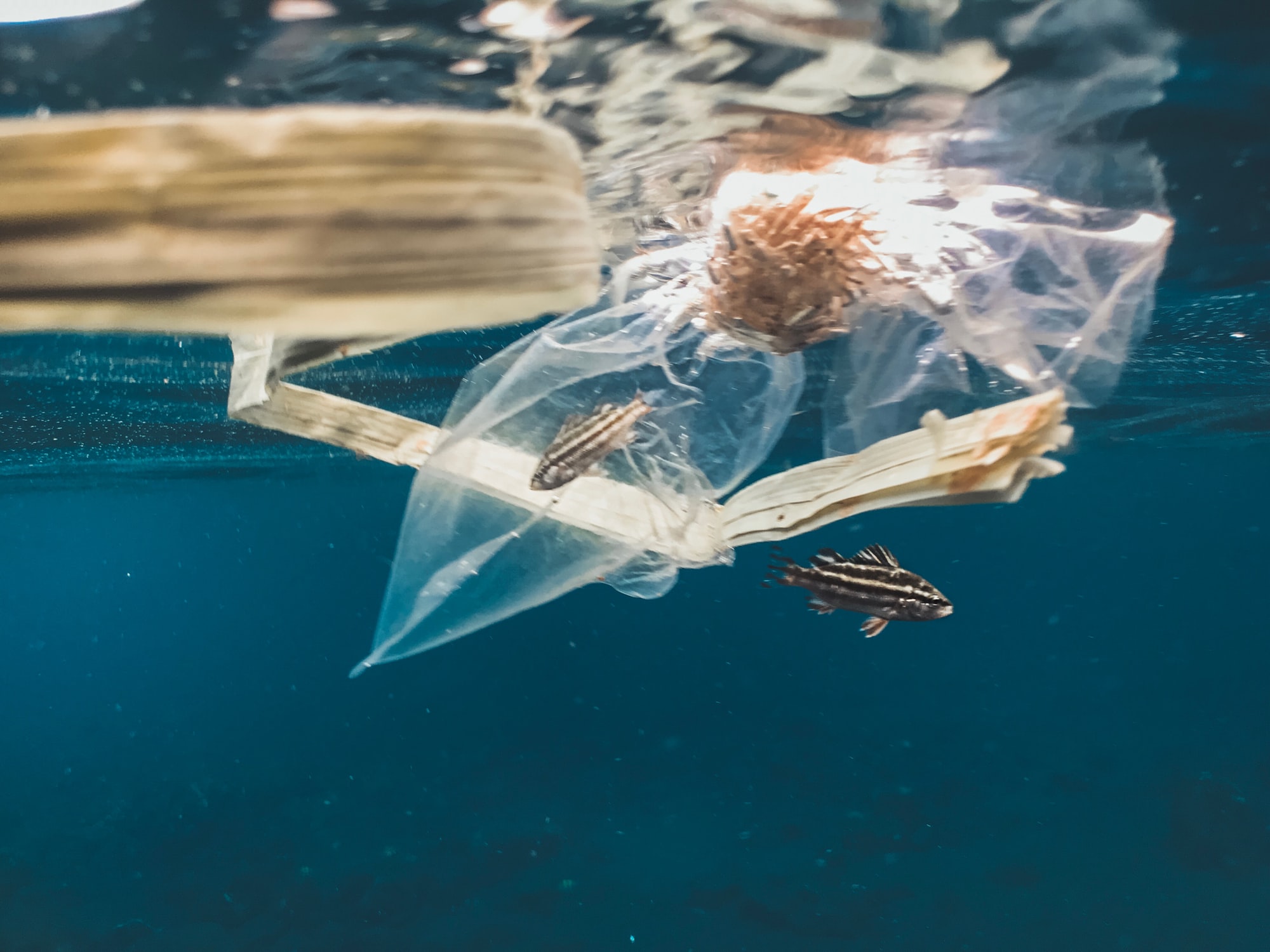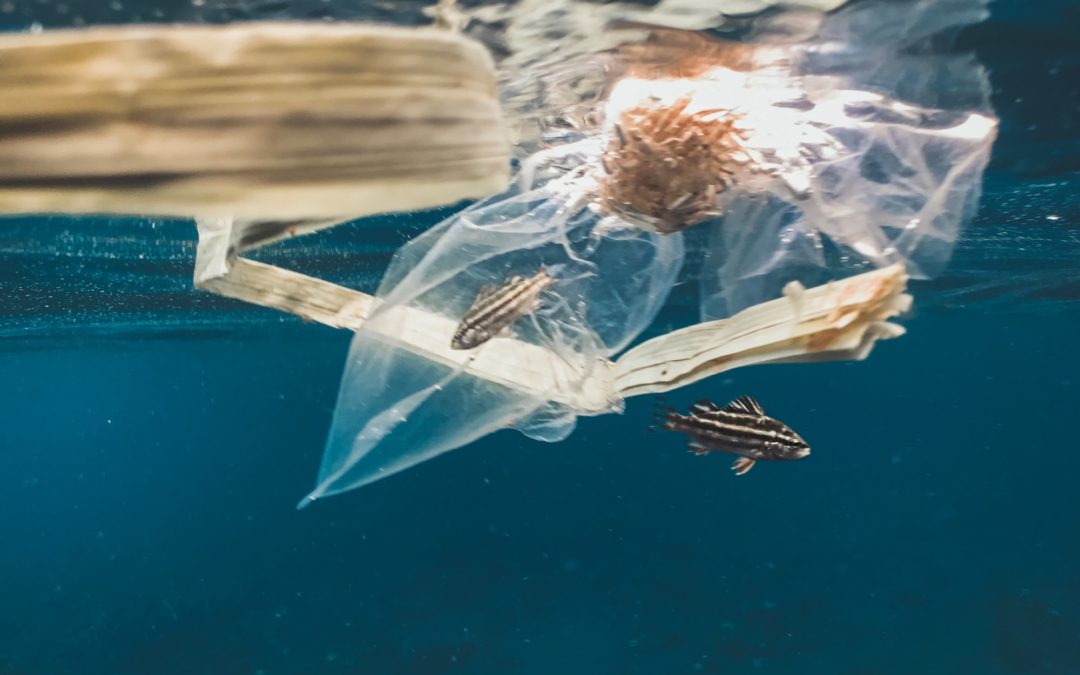
Microfibers polluting our oceans are thought to be plastic. Surprising findings show that more than half of them are actually natural fibers, such as wool and cotton. Past ocean surveys have counted all microfibers as plastic because of the belief that natural fibers decompose too quickly to last in marine environments. Thankfully this assumption turns out not to be true.
Professor Peter Ryan and his colleagues at the University of Cape Town, South Africa, analysed 2000 fibers, which were only one millimeter long, using a technique called infrared spectroscopy. The team used 912 seawater samples obtained from the Atlantic, Indian and Southern oceans and the Mediterranean sea. What these tests showed was that only 8 percent were plastic fibers such as polyester and nylon. The remaining part was natural fibers according to New Scientist. Cotton made up 50 per cent of the total. Wool 12 per cent. Other materials found included silk, hemp and linen.
Why are these findings surprising? They were unexpected because almost two-thirds of the textiles manufactured today are synthetic. As mentioned before, it’s possible that natural fibers decay more slowly than believed. Ryan thinks it’s possible that most of the cotton and wool fibers existing in oceans are from previous decades when they were the most common textiles used in clothing and refers to an intact dyed cotton waistcoat found in a 133 year old shipwreck.
However, Dr. Beverley Henry, associate professor at the Institute for Future Environments at Queensland University of Technology in Australia, believes that all natural fibers decay and integrate in the ecosystem in a natural way, unlike plastics. In an interview with Sourcing Journal she said:
“In terms of microfibers, there is little doubt that all textiles — whether natural or synthetic — shed during production, use and disposal. But there is credible evidence that fibers of wool and cotton biodegrade in ocean water due to the action of naturally occurring microbes, such as bacteria and fungi, to produce harmless molecules that are used again in natural ecosystem cycles. On the other hand, plastic microfibers persist for many, many (possibly hundreds of) years.”
Even though it’s not clear what impact natural fibers have on marine life, they are of natural origin. Hopefully our new awareness of microfibres, along with future scientific research, will transform how we handle textiles in the future.





